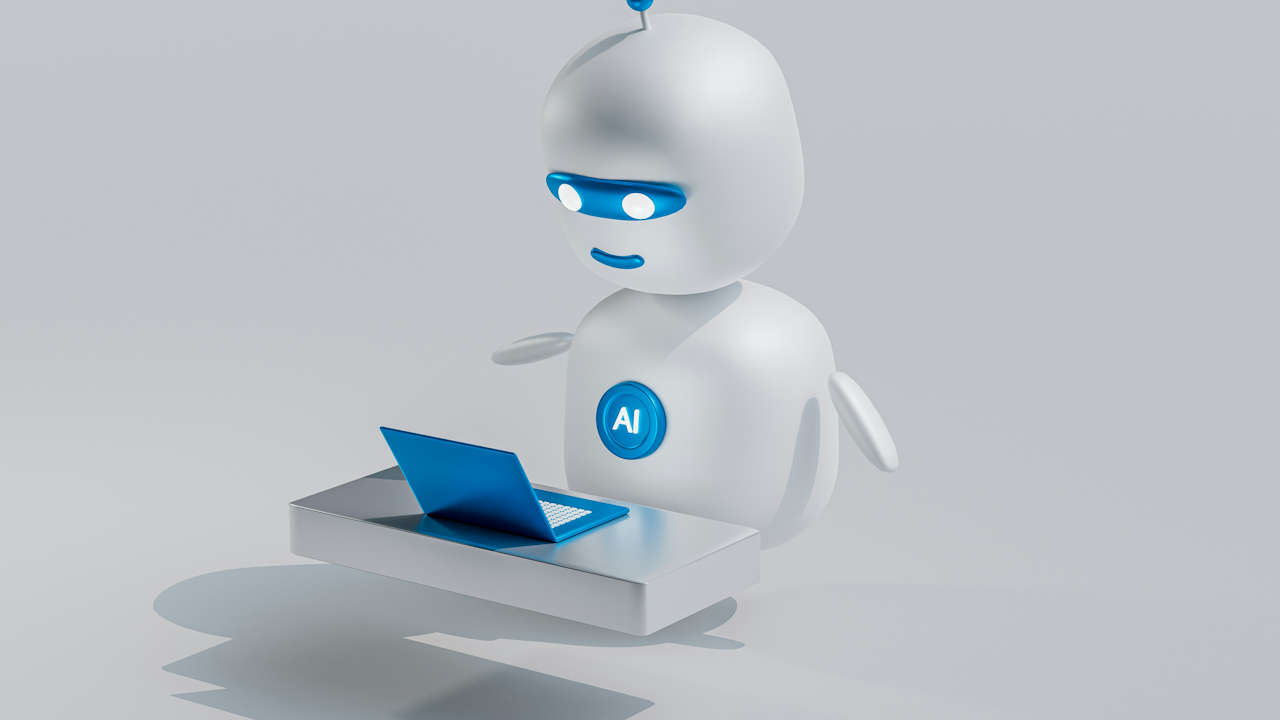In today’s digital age, the workplace is undergoing a dramatic transformation, and at the heart of this shift are AI-powered virtual assistants. From streamlining administrative tasks to supporting complex decision-making, these intelligent systems are redefining how people interact with technology and each other in professional settings. Their growing presence is not just about automation—it’s about augmentation, freeing human talent to focus on more strategic, creative, and meaningful aspects of work.
One of the most immediate and visible ways virtual assistants are impacting the workplace is through task automation. Scheduling meetings, setting reminders, managing emails, and organizing to-do lists used to consume significant amounts of time. Now, assistants like Microsoft’s Cortana, Google Assistant, and Apple’s Siri can handle these routine tasks with little to no human intervention. More specialized tools like x.ai or Clara can manage entire email threads to coordinate meetings with multiple people across time zones. This kind of automation doesn’t just save time—it minimizes human error, improves time management, and contributes to a more efficient workflow.
Beyond simple administrative support, AI-powered virtual assistants are now embedded in a range of business tools and platforms, making them indispensable collaborators in the workplace. In customer service, chatbots and voice assistants are available 24/7, answering queries, solving issues, and even guiding customers through complex processes. Tools like Zendesk’s AI or Salesforce’s Einstein have become integral in customer support strategies, allowing human agents to focus on more nuanced problems that require emotional intelligence or negotiation skills.
In industries like finance, marketing, and healthcare, virtual assistants are providing real-time insights based on massive datasets. Instead of manually sifting through spreadsheets or dashboards, professionals can now ask their assistant to summarize trends, highlight anomalies, or even forecast future outcomes. For example, marketers can ask tools like HubSpot’s AI assistant to analyze campaign performance and suggest optimizations, while financial analysts might use AI systems to detect potential investment risks based on news, social sentiment, and historical patterns.
One particularly transformative effect of these assistants is their role in enhancing remote and hybrid work. As distributed teams become the norm, coordinating across time zones, departments, and communication channels has become a complex endeavor. AI virtual assistants help maintain alignment by tracking project timelines, summarizing meetings, and reminding team members of deadlines or unresolved issues. Integrations with tools like Slack, Zoom, Trello, or Asana enable these assistants to become part of the team—not just as passive tools, but as active participants who keep everyone organized and accountable.
AI virtual assistants also contribute to a more inclusive and accessible workplace. Voice-activated interfaces and natural language processing capabilities lower barriers for individuals with disabilities or those who may struggle with traditional digital interfaces. They also bridge language gaps, offering real-time translation and transcription services that facilitate better communication in multinational teams. In doing so, they help democratize access to information and ensure that all employees, regardless of their location or background, can participate fully in the work environment.
Another significant change brought about by virtual assistants is the way they influence decision-making. These systems are increasingly being equipped with contextual awareness and predictive analytics, which allow them to offer suggestions or flag potential issues before they arise. For example, an assistant might detect that an employee is overbooked and proactively reschedule meetings or suggest prioritizations. Or it might warn a manager of declining engagement in team collaboration tools, prompting timely interventions. This layer of intelligence supports better planning, faster response times, and more informed strategic decisions.
However, the integration of AI-powered virtual assistants is not without challenges. Concerns about data privacy, security, and ethical usage are at the forefront of many conversations. With these assistants handling sensitive information, companies must ensure robust safeguards and transparent usage policies. There’s also the human element—resistance to change, fear of job displacement, and the need to retrain employees to work effectively alongside AI. Addressing these challenges requires not only technical solutions but also thoughtful organizational change management.
The nature of collaboration is also evolving. Rather than being merely a tool for individual productivity, virtual assistants are increasingly embedded in team workflows. Imagine a team meeting where the AI assistant transcribes the conversation in real time, flags action items, assigns tasks, and sends out follow-up emails—completing in minutes what would otherwise take hours. As these systems grow more sophisticated, they will act less like digital secretaries and more like intelligent collaborators, anticipating needs and contributing to team success in proactive ways.
Looking forward, the potential of AI virtual assistants is vast. With advancements in natural language understanding, emotional intelligence, and personalization, future assistants will be able to interact in more nuanced and human-like ways. They may offer mental health check-ins, suggest professional development opportunities, or even help mediate team dynamics. As the line between human and machine collaboration continues to blur, the role of AI assistants will likely shift from task management to human empowerment.
In the evolving landscape of work, AI-powered virtual assistants stand out not just for their technical capabilities but for their profound impact on workplace culture, productivity, and innovation. By relieving people of mundane tasks, offering strategic support, and enabling more flexible and inclusive environments, these assistants are not just changing how we work—they’re changing what work means.

